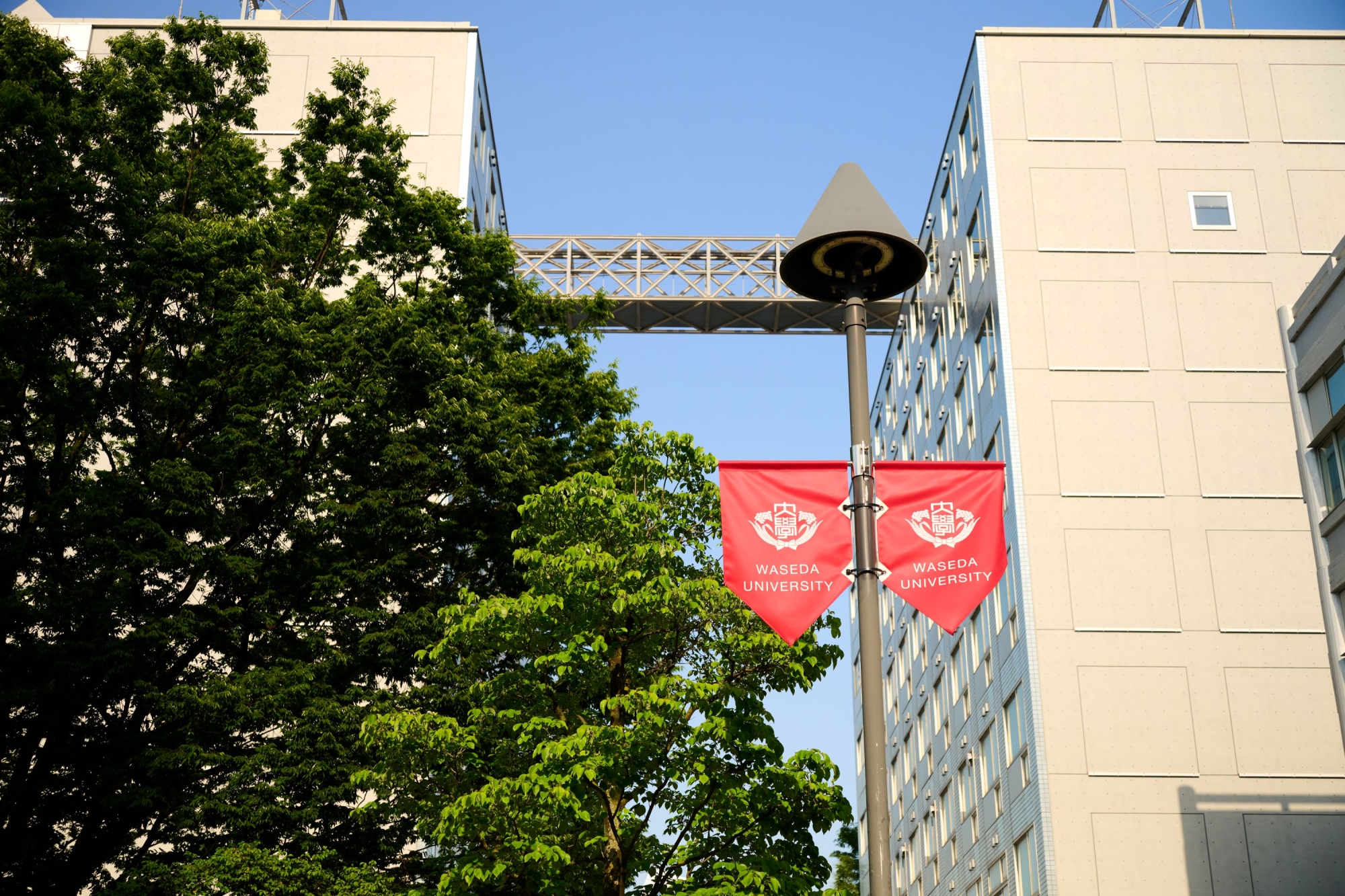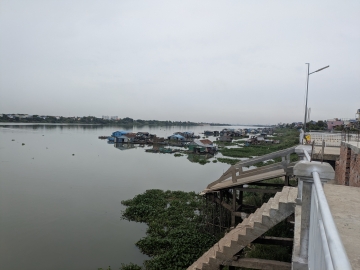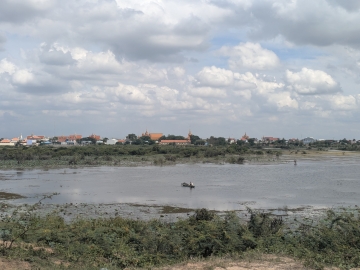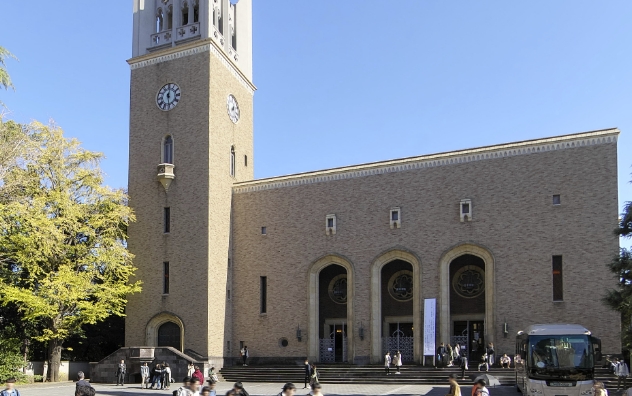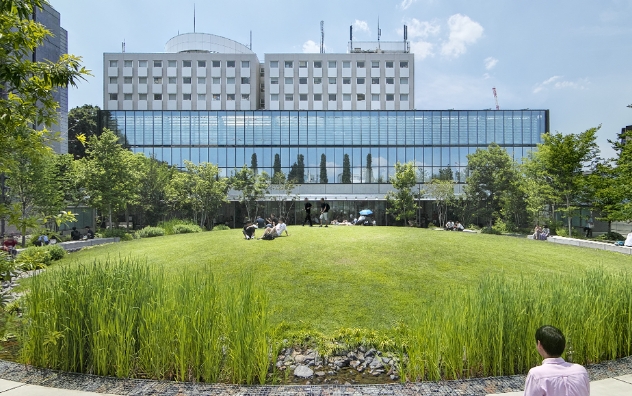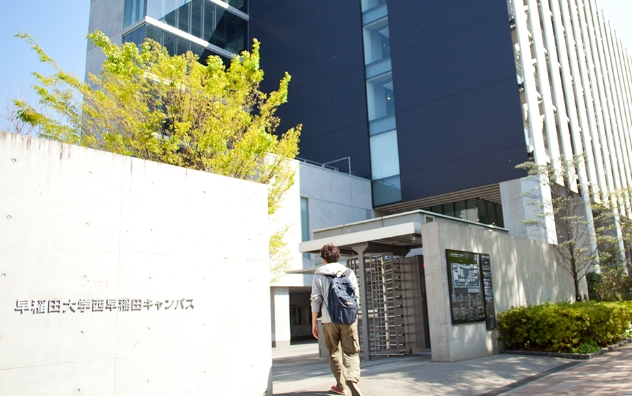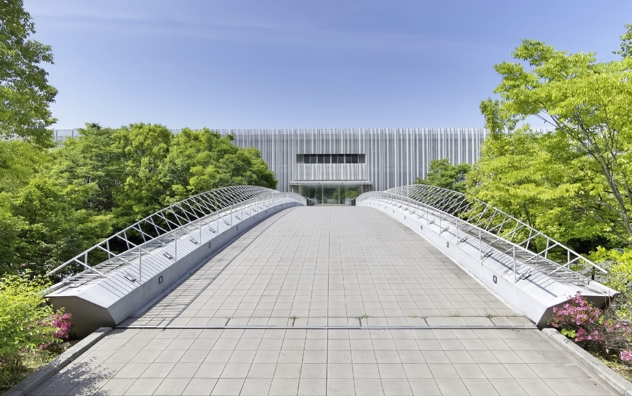On the Path to Completion: My Final Push Towards the Ph.D.
Fri, Jul 4, 2025-
Tags
The path to a doctoral degree is rarely linear and usually defined by perseverance. As a fourth-year Ph.D. candidate in the Graduate School of Creative Science and Engineering’s Department of Architecture who’s finally nearing the finish line, my journey has been shaped by demanding requirements and the push towards independence. While continuing my master’s research gave me an initial advantage, years of frustrating dead-ends resulted in dwindling spirit as graduation ‘deadline’ loomed. It was only through relentless perseverance, my advisor Prof. Tetsuya Yaguchi’s unwavering support, and a pivotal research breakthrough that I finally glimpsed the finish line.
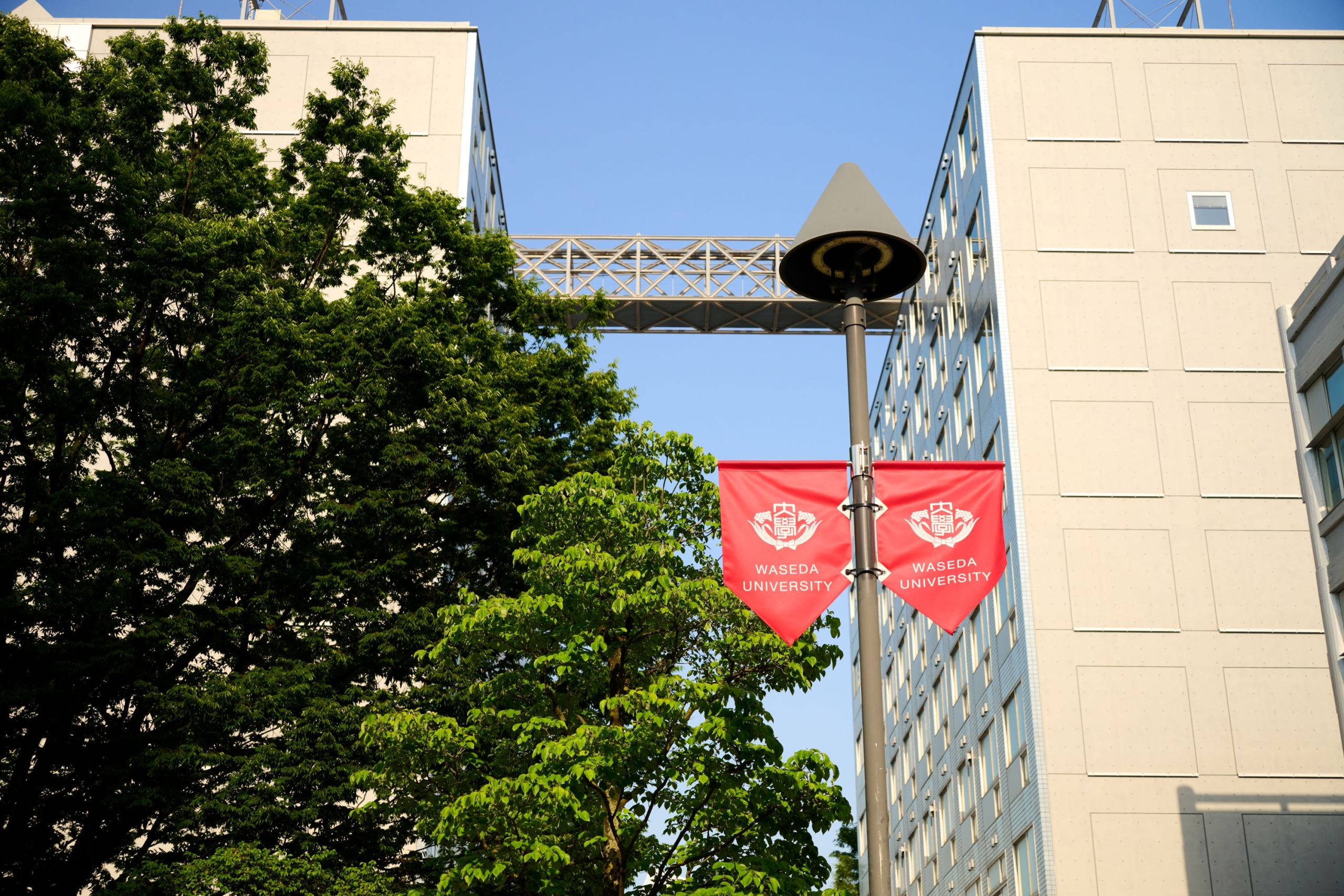
Nishi-Waseda Campus where the Department of Architecture is located
Now, with my research solidified, the doctoral completion timeline meticulously mapped, and my funding secured, I’m channeling determination and gratitude into this final, electrifying push towards graduation.
The Ph.D. Grind: Demands, Dead-ends, and Determination
I knew, from the start of my Ph.D. journey, the requirements that my advisor and department set for me. Per my department, students need to publish at least one first-author paper and attend a conference to graduate. My professor takes that a notch further by demanding two of each. He also requires that I take the lead on my own research, develop my own methodologies and techniques, and take full ownership of my work. In a way, he is preparing me to become an independent researcher. But, contrasting that to the hands-on guidance I received during my master’s, one can also say that the system gives me too much freedom and not enough direction.
My sole advantage was continuity: building directly on my master’s work, which had already yielded one first-author publication. This meant “only” one more paper and two conferences stood between me and the degree. Yet, even with that advantage, I kept hitting dead-ends in my research, either during the initial literature review step or deep into the field investigation stage.
The lack of tangible progress was disheartening, and as my third year loomed closer, my spirit dwindled a bit further. However, the only way has always been through, so the only option each time was to start over from a different angle and formulate another research plan. Through it all, my advisor remained kind and supportive, offering mental sustenance, academic counsel, and critical financial backing via the lab’s fund.
Perseverance, his guidance, and finally, a successful research trip three-and-a-half years in, brought the finish line into view. A viable research plan crystallized.
Mapping the Timeline to Graduation
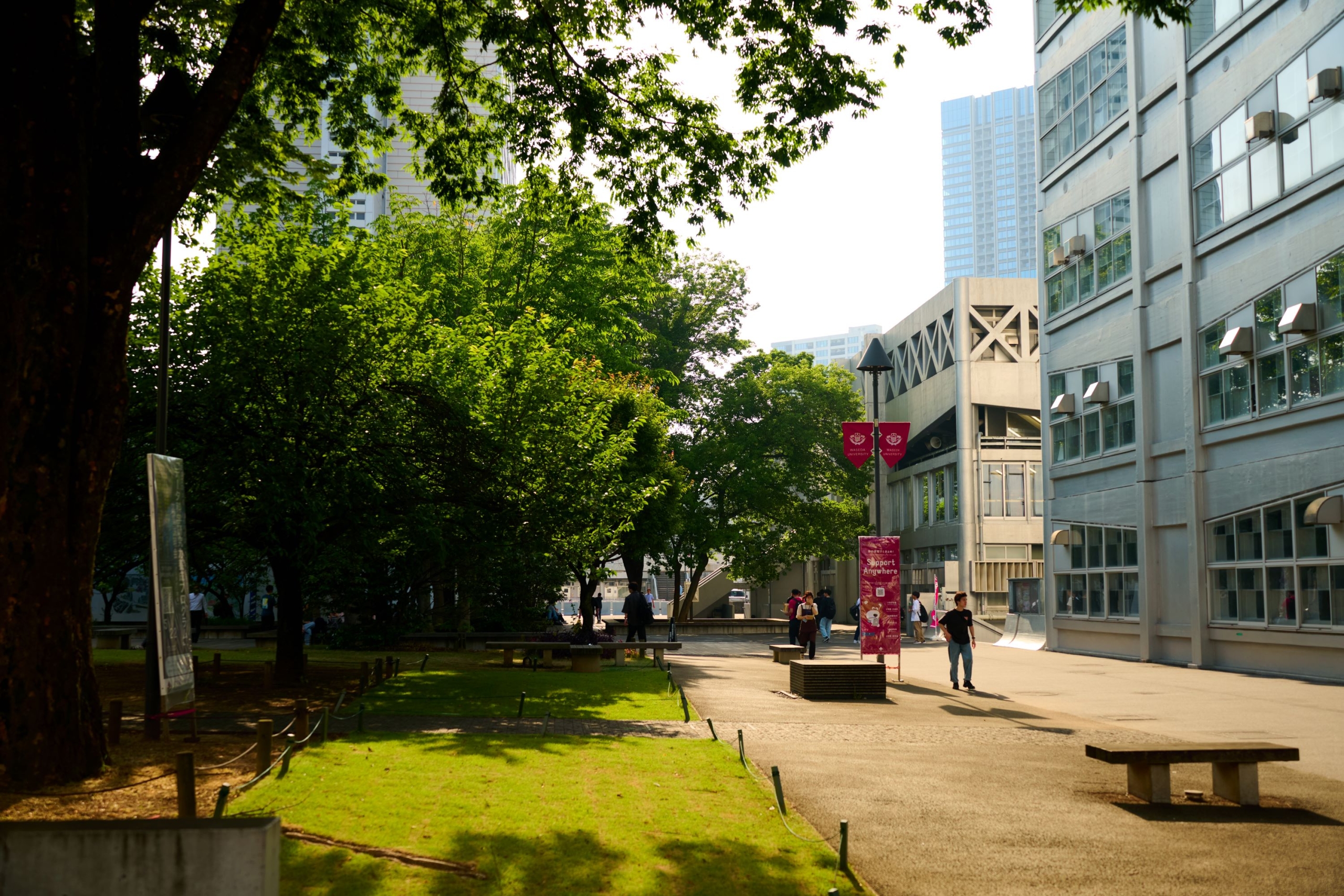
Nishi-Waseda Campus
There are several steps to obtaining a doctoral degree at Waseda University. Typically, after finishing the first draft, Ph.D. candidates will have to go through multiple preliminary screenings before ending the rounds of presentations and revisions with a public presentation. After the hearing and submission of the final draft, our fates are out of our hands and depend on the graduation steering committee. Although this flow can be treated as a general norm, the doctoral completion timeline is actually incredibly personalized and shaped by the specific demands of the Ph.D. candidate, their research, and their advisors on top of requirements from their department. Therefore, it is crucial for Ph.D. students to always check their respective department’s websites and offices and consult their advisors on any additional expectations.
In my case, to earn my doctorate by the end of this academic year (March 2026), I’ll need to finish my second paper by the end of July 2025 and complete the first draft of my dissertation by the beginning of October 2025. Once my draft is deemed ready, I’ll present it to the steering committee for preliminary feedback and approval. If cleared, I’ll then work through several rounds and months of revisions based on their guidance. Next comes the public defense in mid-December 2025, the metaphorical finish line where I’ll be presenting my research in public and incorporate any final feedback from the committee into my final draft. After refining my dissertation based on their input, I’ll have to submit the final version for departmental review by late-January 2026, to allow for the departmental review. The graduate committee will then make their ultimate decision in late February 2026 and, assuming all goes well (fingers crossed!), my degree will be conferred in March 2026.
The Breakthrough
This final push is happening at last, thanks to a hard-won breakthrough. Although this is not my first attempt at writing my second paper, it is the first time that a research plan took flight, thanks to a fruitful June research trip to my hometown, Phnom Penh.
- Land infilling activities in Cambodia
- Fish farmers on their floating boat house
- An elder fishing on one of the remaining unclaimed patches
The city has evolved beyond recognition since I left it for Tokyo 7 years ago, particularly in the peri-urban area (or urban periphery) that is the focus of my research. The disappearance of the agricultural fields and wetlands that was so central to the urban fringe vanished like floodwaters reclaiming floodplains. It is a profound and contradictory exchange of agrarian lifestyle and lush, natural landscapes for modernity and infrastructure development. Drained lakes are reclaimed for new housings, furrows are paved into highways that still remember the weight of tractors, and dogs and cats replace cows and ducks along the roads. It was this drastic and unprecedented rate of change that was an obstacle to my previous research attempts.
Despite the transformed landscape, the people’s kindness has endured. Interviews with the villagers, practitioners, and government officials offered invaluable understanding into the local context, leading to that breakthrough that helped me cross the finish line by solidifying my understanding of the complex interplay between local communities, development pressures, and the need for sustainable land-use practices. I am deeply grateful to everyone who shared their time, documents, and perspectives. I must also give extra thanks to my professor, not only because his guidance was crucial for the fruitful labor of this research trip, but also because of the financial support he granted me.
Funding Fueling the Final Push
Funding this journey has been multifaceted. The Japanese Government MEXT Scholarship covered my first three years at Waseda, supplemented by funding from my lab for publications, conferences, and fieldwork. Now, having exceeded the three-year ‘deadline’, MEXT’s funding has ended and I am self-financing this year. Fortunately, the critical June research trip was subsidized by a research grant from Japan Society for the Promotion of Science (JSPS) via the Yaguchi Lab, allowing me to conduct thorough and fruitful fieldwork.
Besides funding from individual projects or labs, Waseda University offers a remarkable array of scholarships, research funding, and grant opportunities based on academic merit and financial needs of Japanese and international students. Furthermore, many departments within Waseda University also offer their own exclusive scholarships. This demonstrates that our University recognizes the significant investment required for a doctoral education and is deeply committed to supporting its Ph.D. students financially. Whether we’re a student from Japan or an international student, Waseda University offers a variety of ways to help us focus on our research, alleviating financial barriers that distract us from our academic pursuits.
Besides the JSPS research grant and supplementary support from my professor’s lab, I am also actively pursuing applications to alleviate financial concerns. I’m confident that through a combination of University support and diligent financial planning, I and fellow doctoral students at Waseda University can continue to pursue our research with unwavering focus.
Onward, to completion.
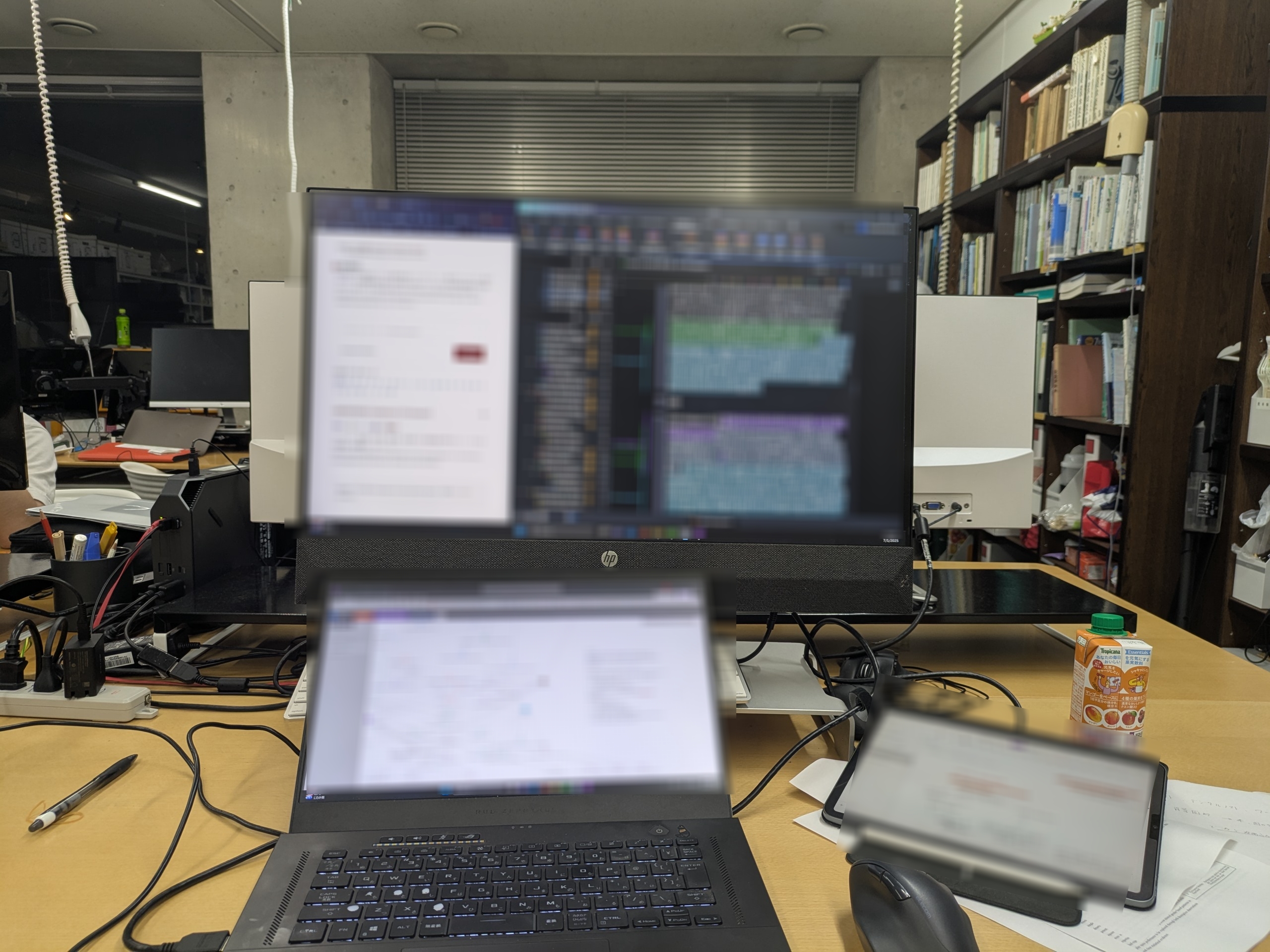
A view of my work station
It’s a surreal feeling seeing the Ph.D. finish line finally in sight at Waseda University. This four-year journey has been a rollercoaster: grueling late nights, intense research, and unexpected, invaluable friendships. Yet, the hype is real. Defending my dissertation this winter isn’t just daunting; it’s electrifying. Years of meticulous work are converging, and the finish line isn’t just visible, it’s pulling me towards it with magnetic force. Winter can’t come soon enough.
This article was written by the following Student Contributor:
Srey Sokuncharia
Graduate School of Creative Science and Engineering


